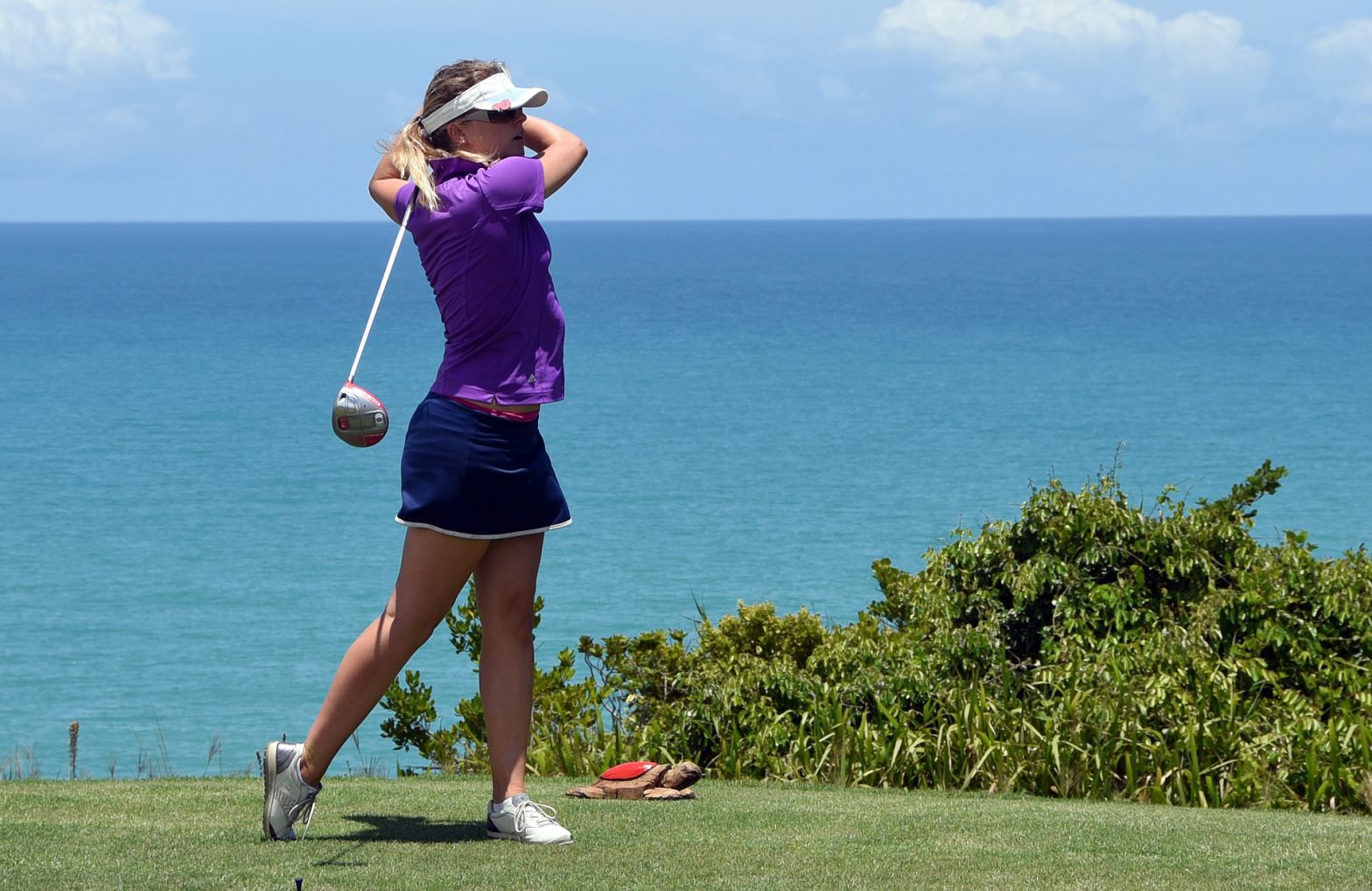Summer is here! For many, the favourite sport of the season is golf. Like any sport, golf can trigger low back pain with muscle strains and sprains combined with injuries to the spine.
Individuals who suffer from chronic or recurring episodes of low back pain can be frustrated when pain hinders their time on the green.
Activa recommends 3 simple ways to prevent back injury and low back pain on the golf course: warm-up before playing golf, practice your swing, and safely carry your golf bag.
1. Prevent low back pain: Warm-up before playing golf
Going directly to the tee as the sun rises then pulling out your driver and proceeding full swing to hit your golf ball off the tee is a sure way to sprain your back muscles and trigger low back pain.
Try a thorough warm-up before playing your next round of golf, including stretches and light swings to warm up. These small movements will prepare your muscles for the golf game.
When stretching before hitting the golf ball, focus on your shoulder, torso and hip regions along with your hamstring muscles.
• Stretch your shoulder and torso by holding a golf club behind your neck and shoulders, then rotate your torso
• Stretch your hips by pulling your knee to your chest
• Stretch your hamstrings by bending over and reaching to touch your toes
• Gently swing your golf club to warm up muscle groups and prepare for the force and twisting that your golf swing produces.
If you have time to hit the driving range before your golf game, begin with smaller irons and progress to larger woods. This will allow your muscles to warm up gradually. Muscles that have been stretched and progressively loaded are much less prone to injury while playing golf and can handle more stress before becoming strained or sprained.
2. Practice swinging before golf to prevent low back pain
As you develop your golf swing and club head speed, be mindful of force and twisting applied to your low back. Golfers should focus on a smooth and rhythmic swing to produce less stress and low back pain by minimizing muscular effort alongside disc and facet joint loading.
A proper golf swing allows your shoulder, hip, chest and lower spine to distribute the load of your swing. Your shoulder and hip turn, along with a wrist snap produces more club head velocity than a stiff arm swing.
Be mindful of your weight distribution when swinging! Weight should be distributed evenly on the balls of your feet and maintain good balance by slightly bending your knees and keeping your feet approximately shoulder-width apart. Your spine should be straight and you should bend forward from your hips.
While developing an easy, fluid swing is desirable by golfers, it takes proper technique and practice to reduce stress to the low back and prevent low back pain. To avoid a low back injury when learning to play golf, beginners are advised to receive training advice from a golf pro a most aspects of a golf swing are not necessarily intuitive. Golf lessons may also be useful for senior golfers who may have decreased flexibility and strength.
3. Carry your golf bag safely to prevent low back pain
Bending over repeatedly to pick up your golf bag can stress your low back and lead to muscle strain. An integrated golf bag stand that opens when your golf bag is set on the ground will eliminate the need to bend over. While some people enjoy carrying their own golf bag to get more exercise, bag straps that place pressure on one shoulder can be hard on your back. If you would like to carry your golf bag, Activa recommends dual straps on your golf bag to evenly divide the weight across your back and reduce the risk of developing low back pain from an uneven load.
The good news: most acute low back injuries resulting from a golf game will get better over a few days to weeks.
Try these modifications to reduce the chances of common injuries including:
• Muscle strains: result of rough or forceful golf swings or a sudden shift during your downswing
• Muscle and tendon attachment: occurs due to excessive use, accidents or swing misalignment when playing golf
• Disc injuries: occurs from swinging abnormalities and usually associated with a pre-existing disc lesion aggravated by golf
Contact Activa if you need relief from a recent golf injury or would like to review your stretches to prevent future muscle strains and sprains on the green.
